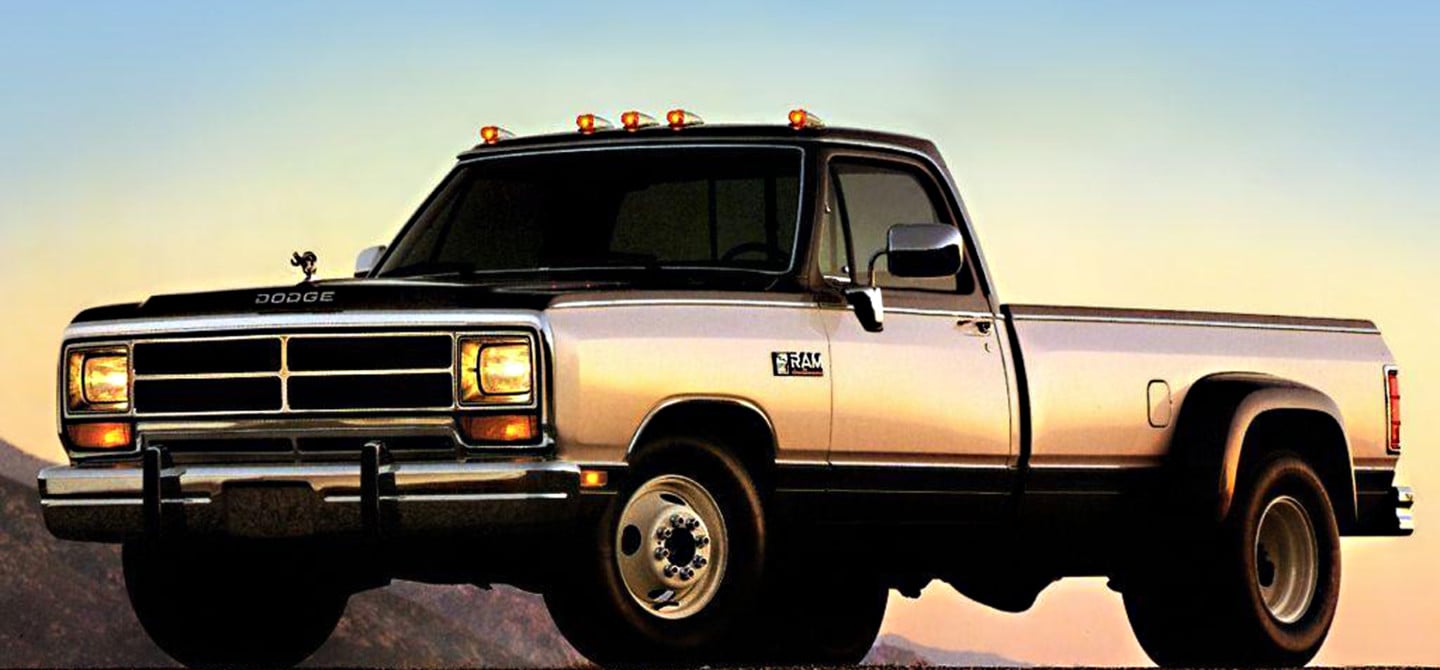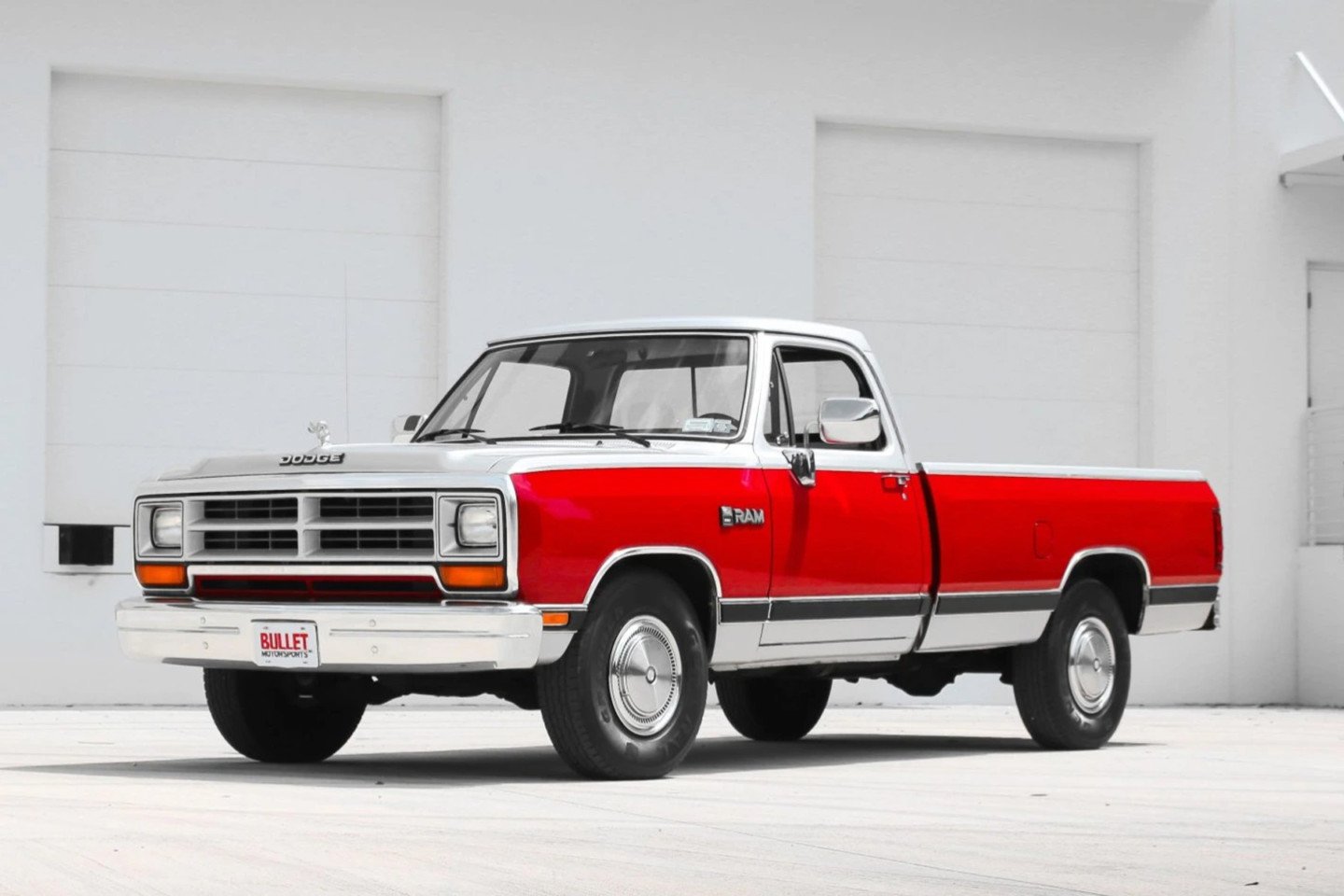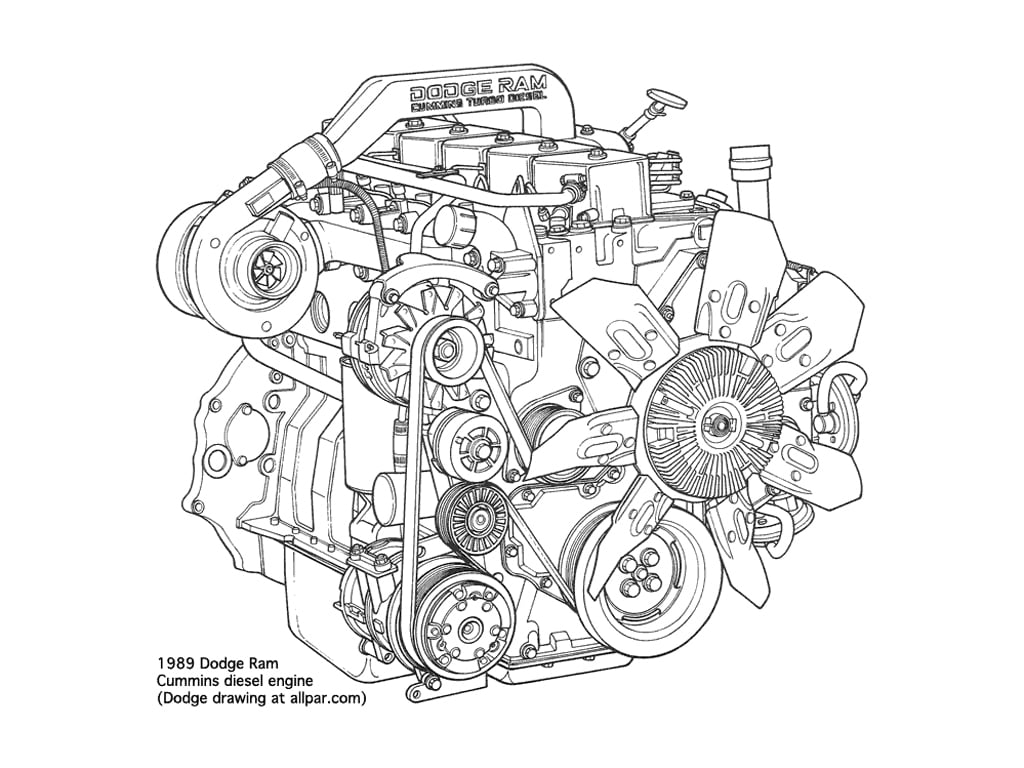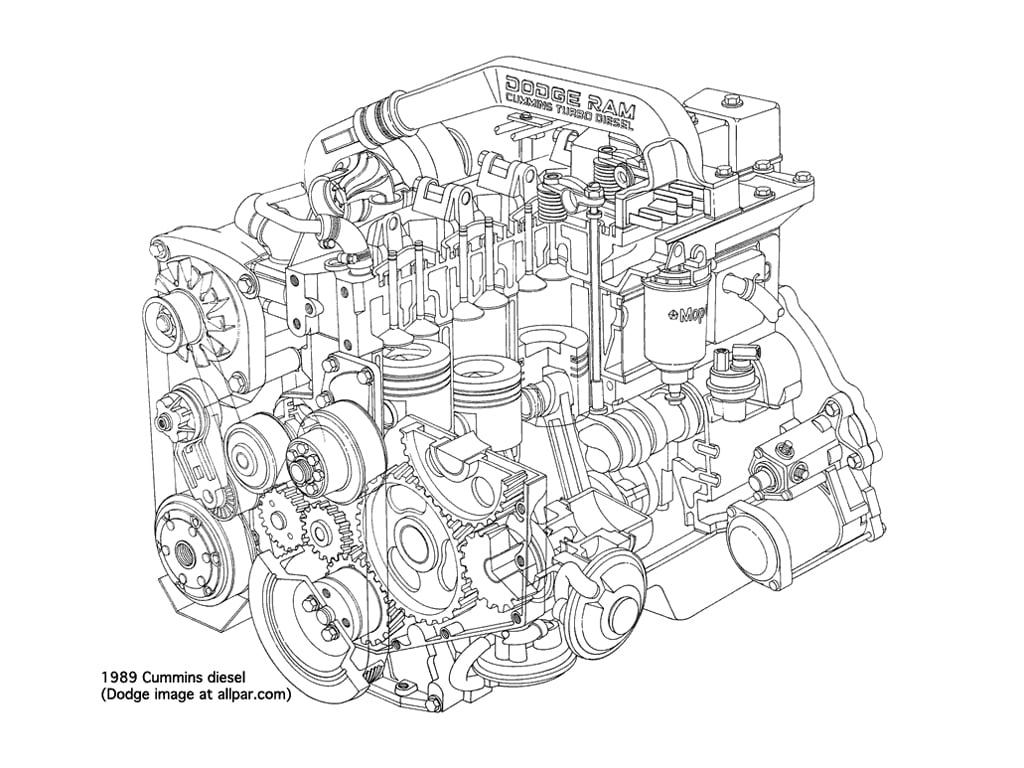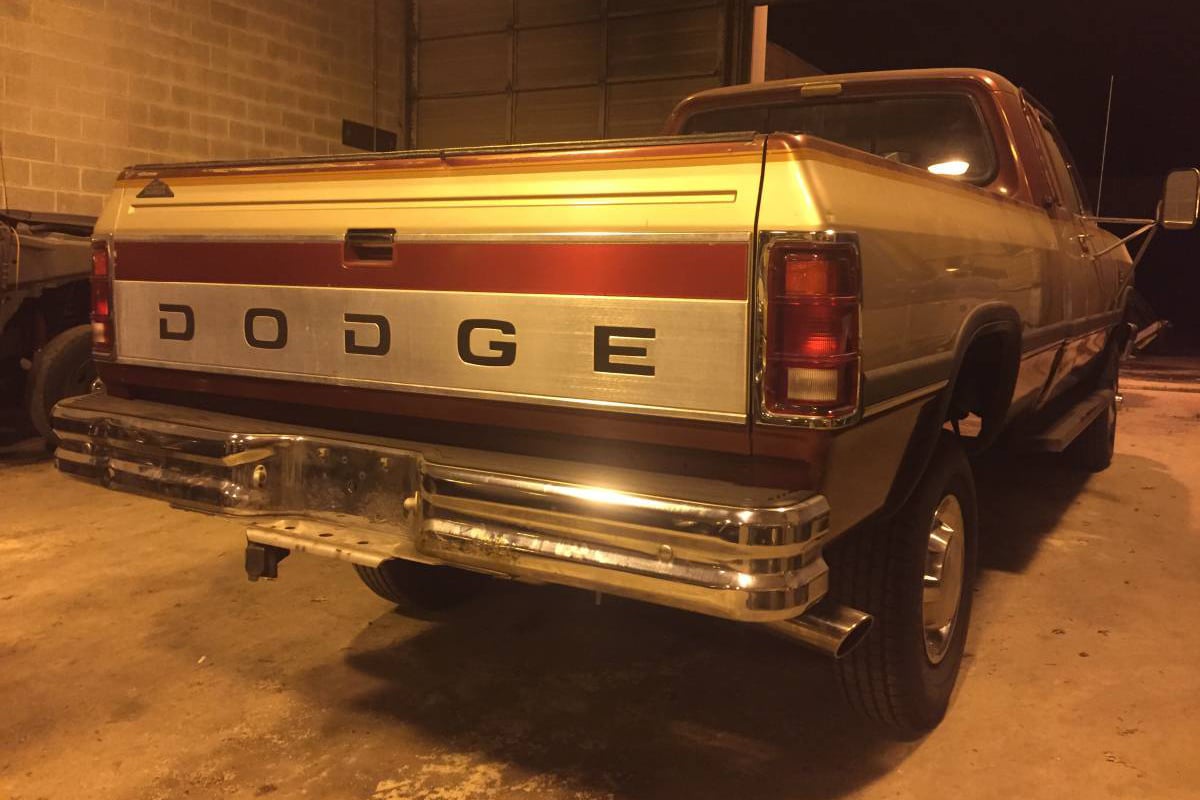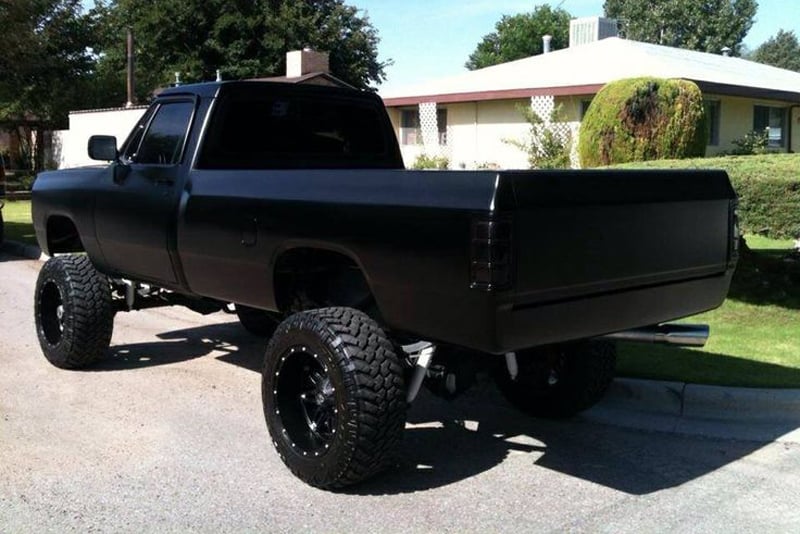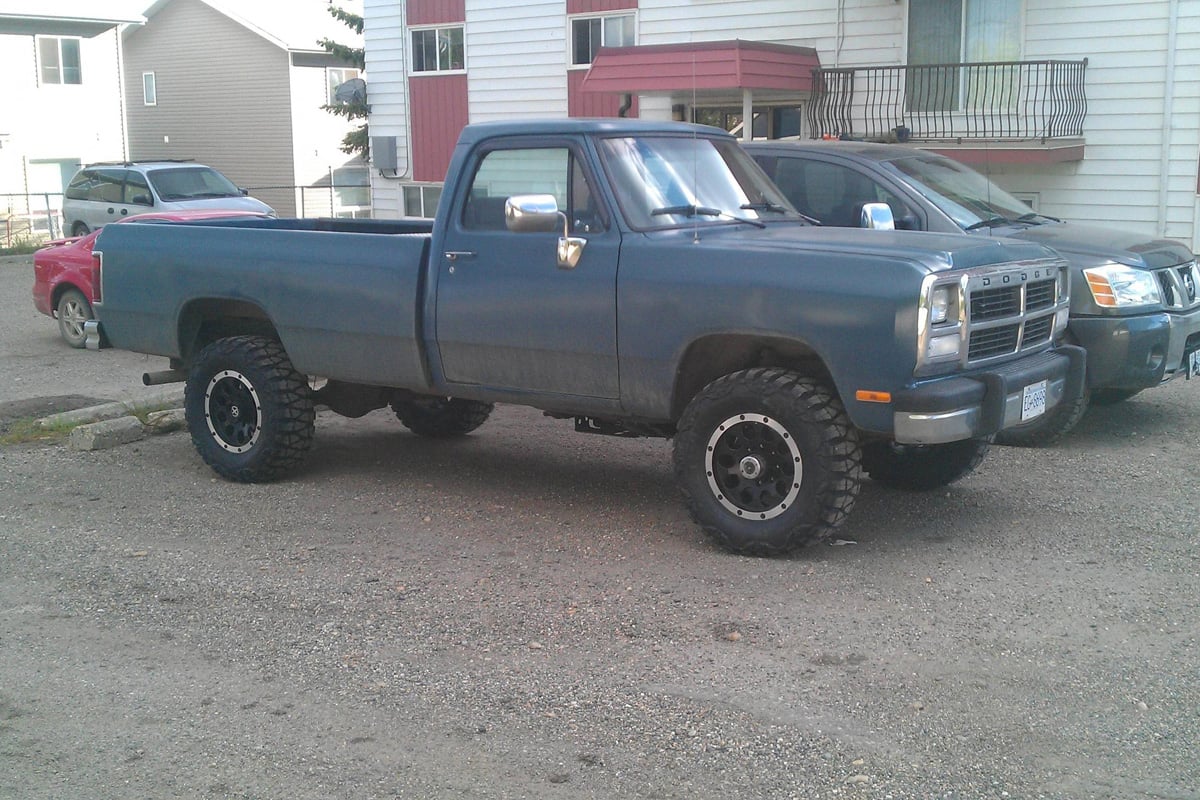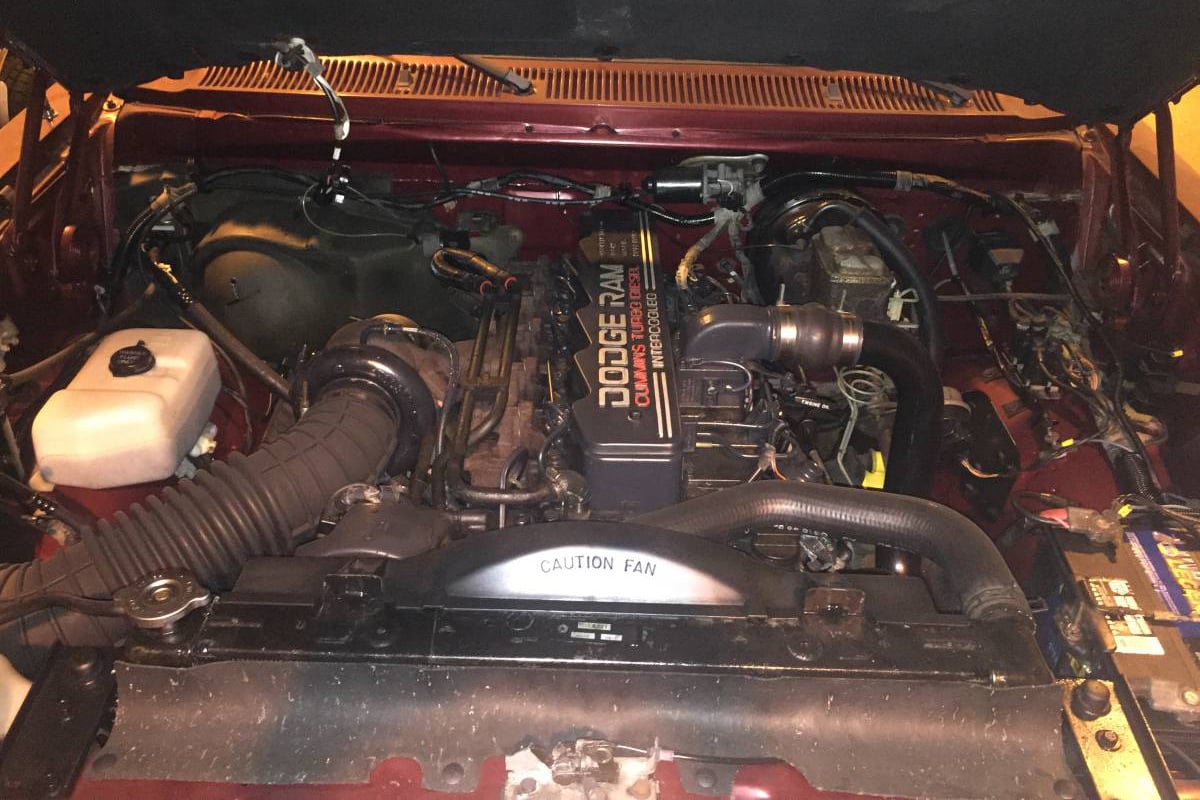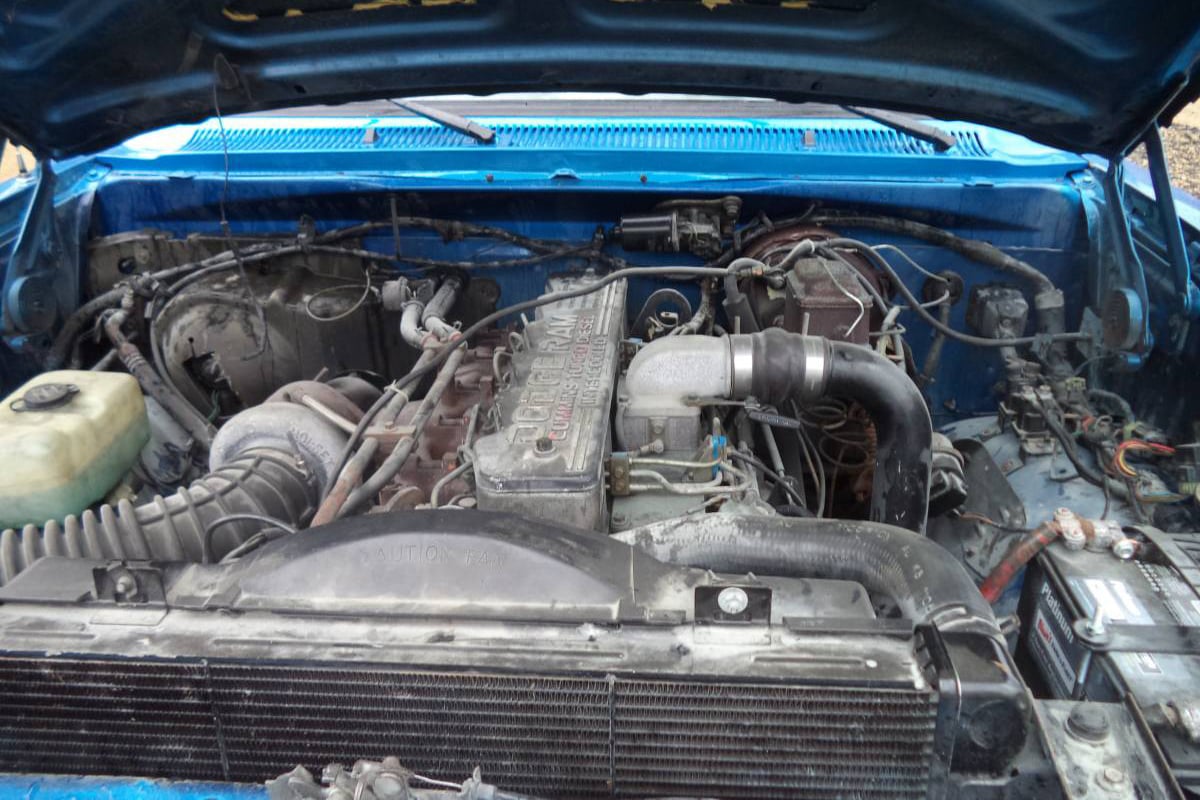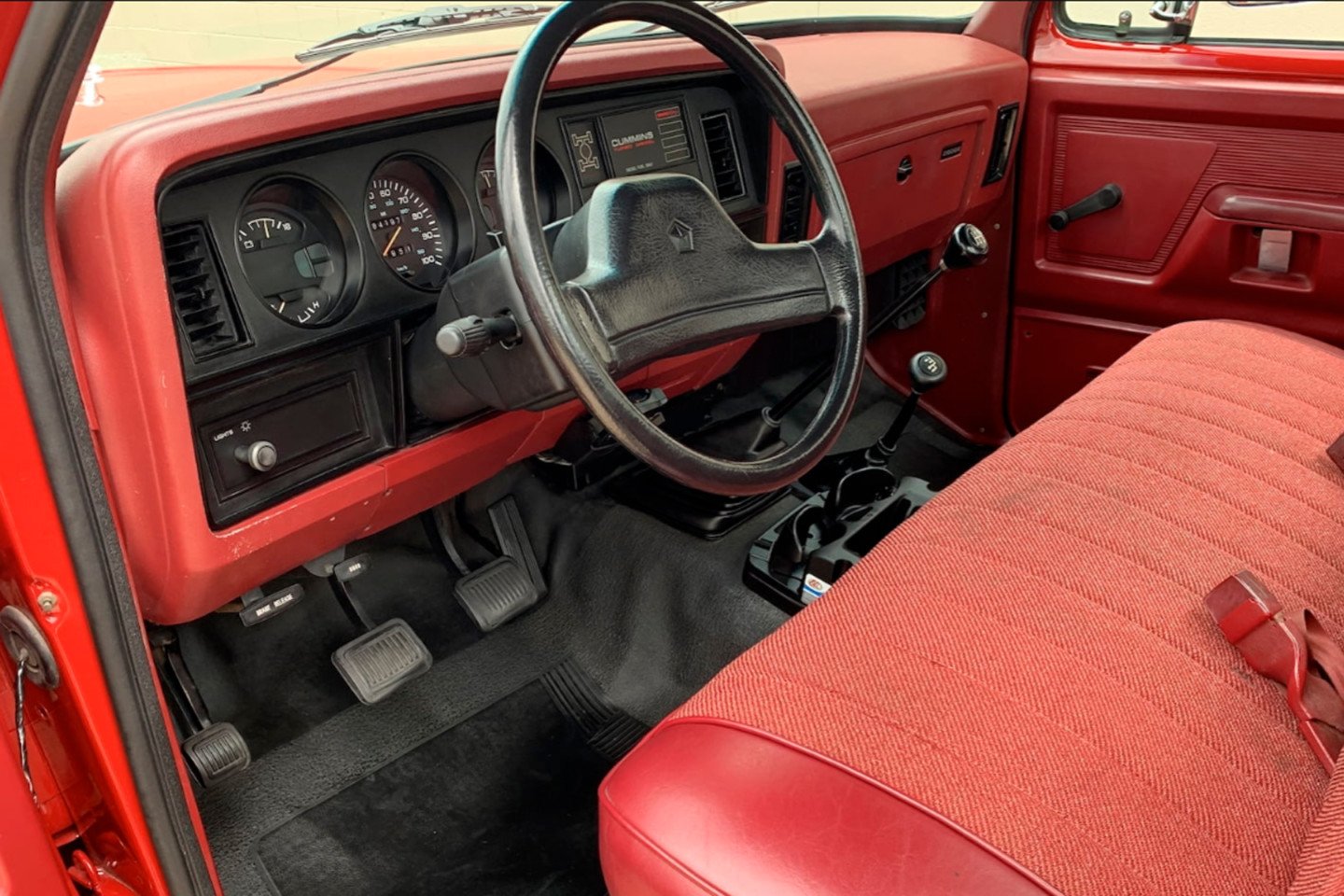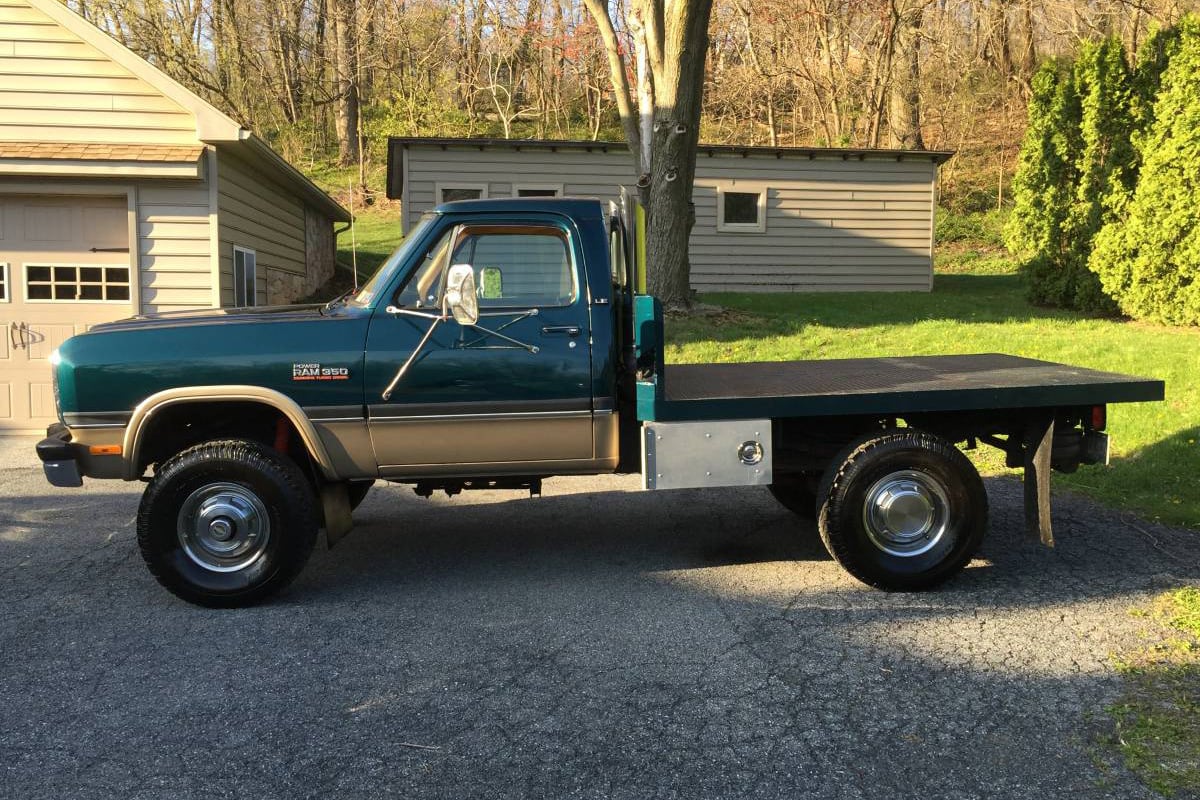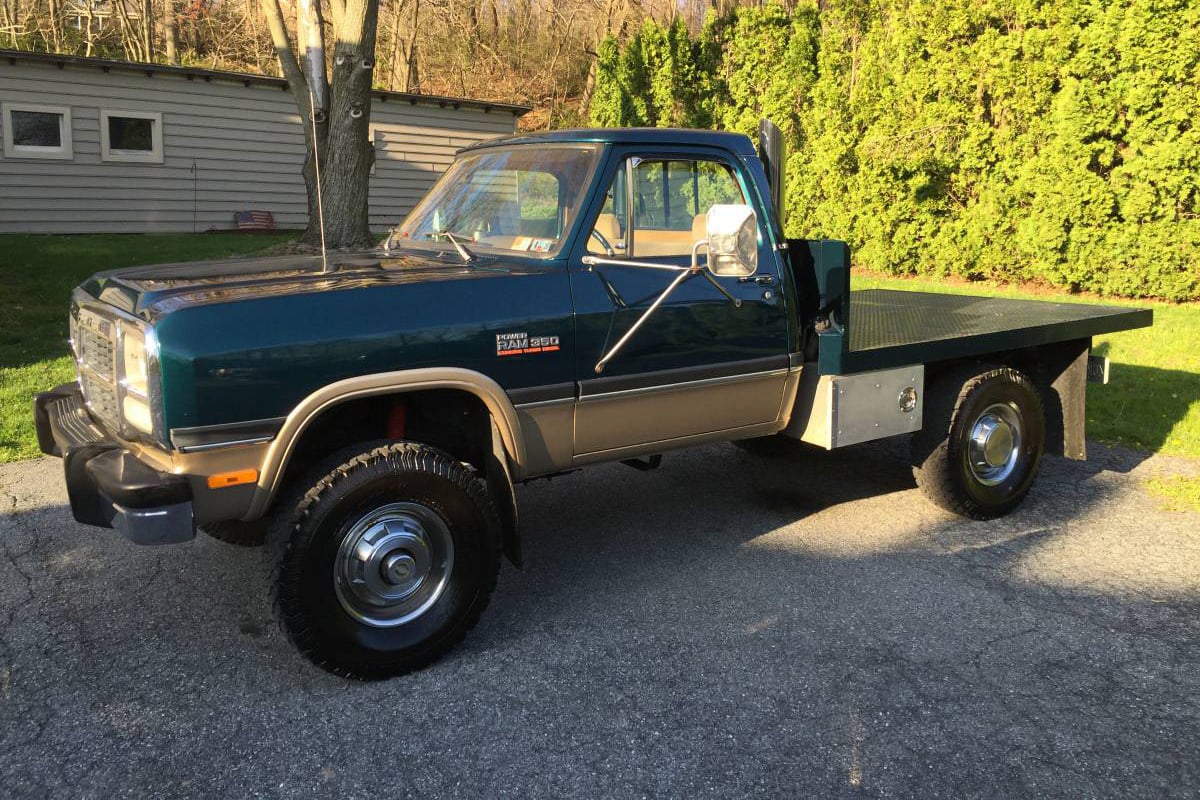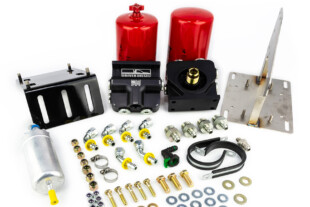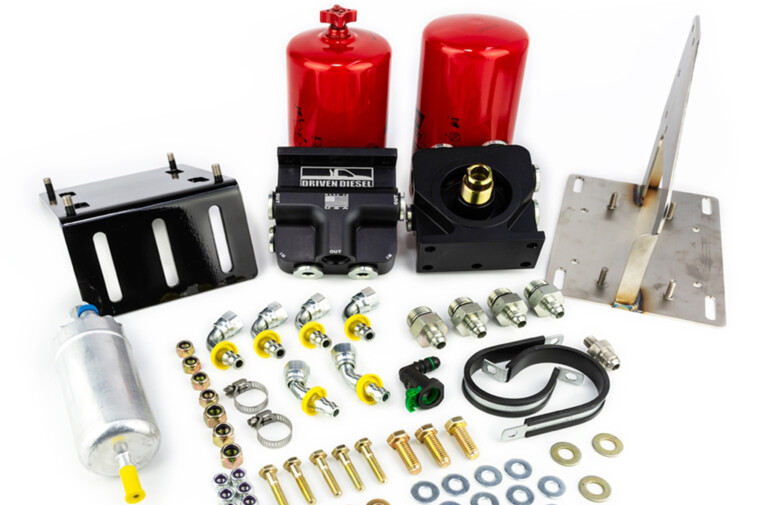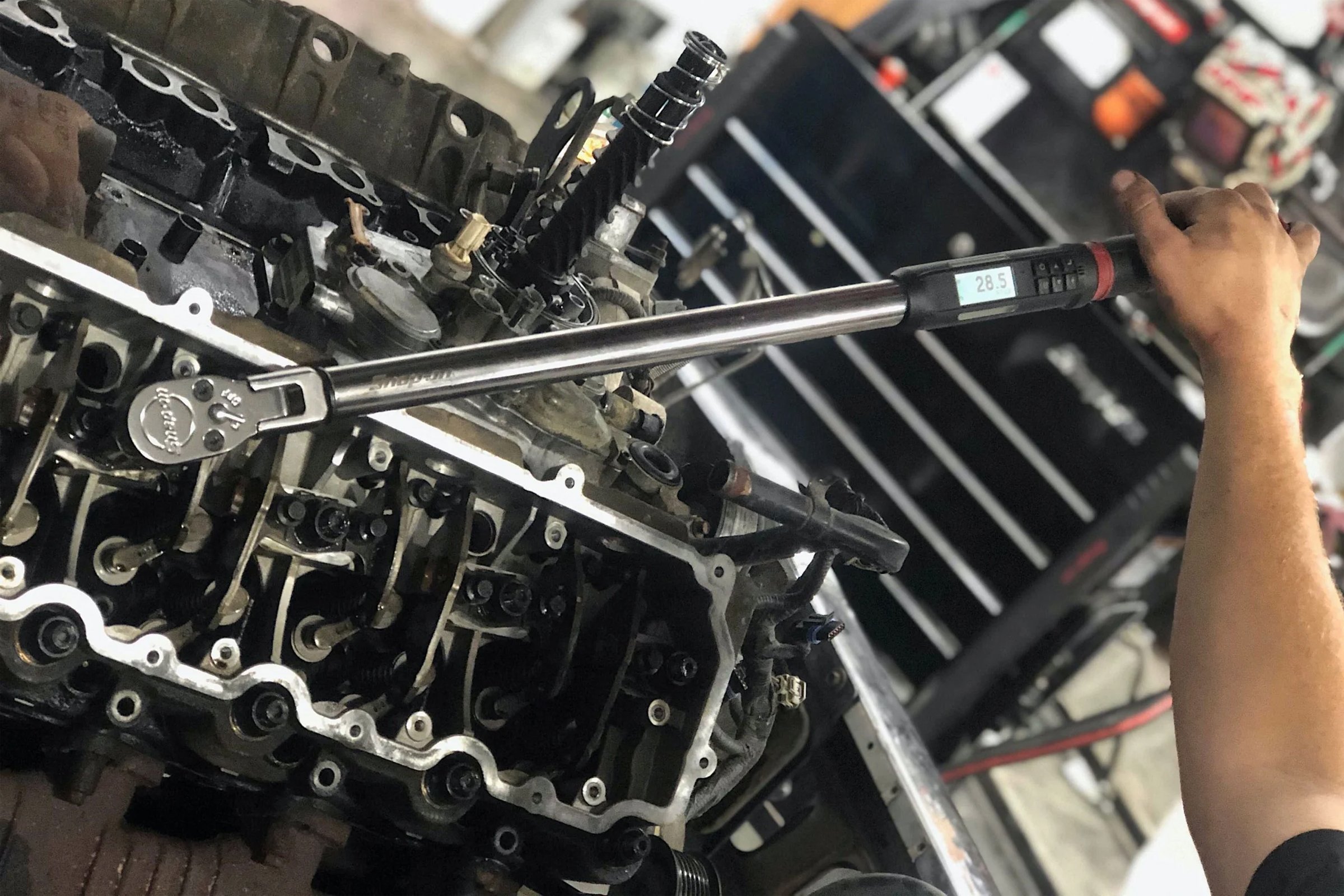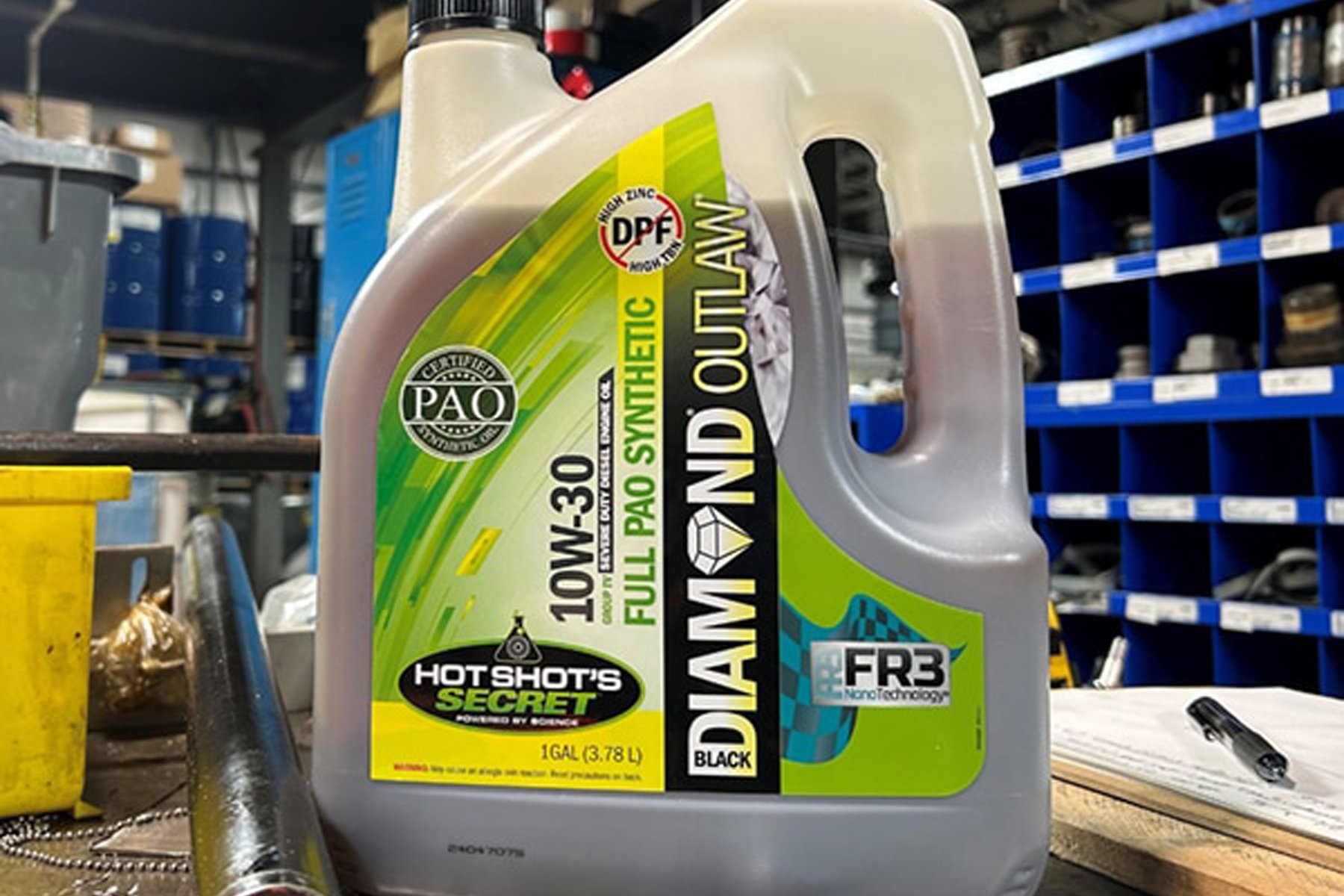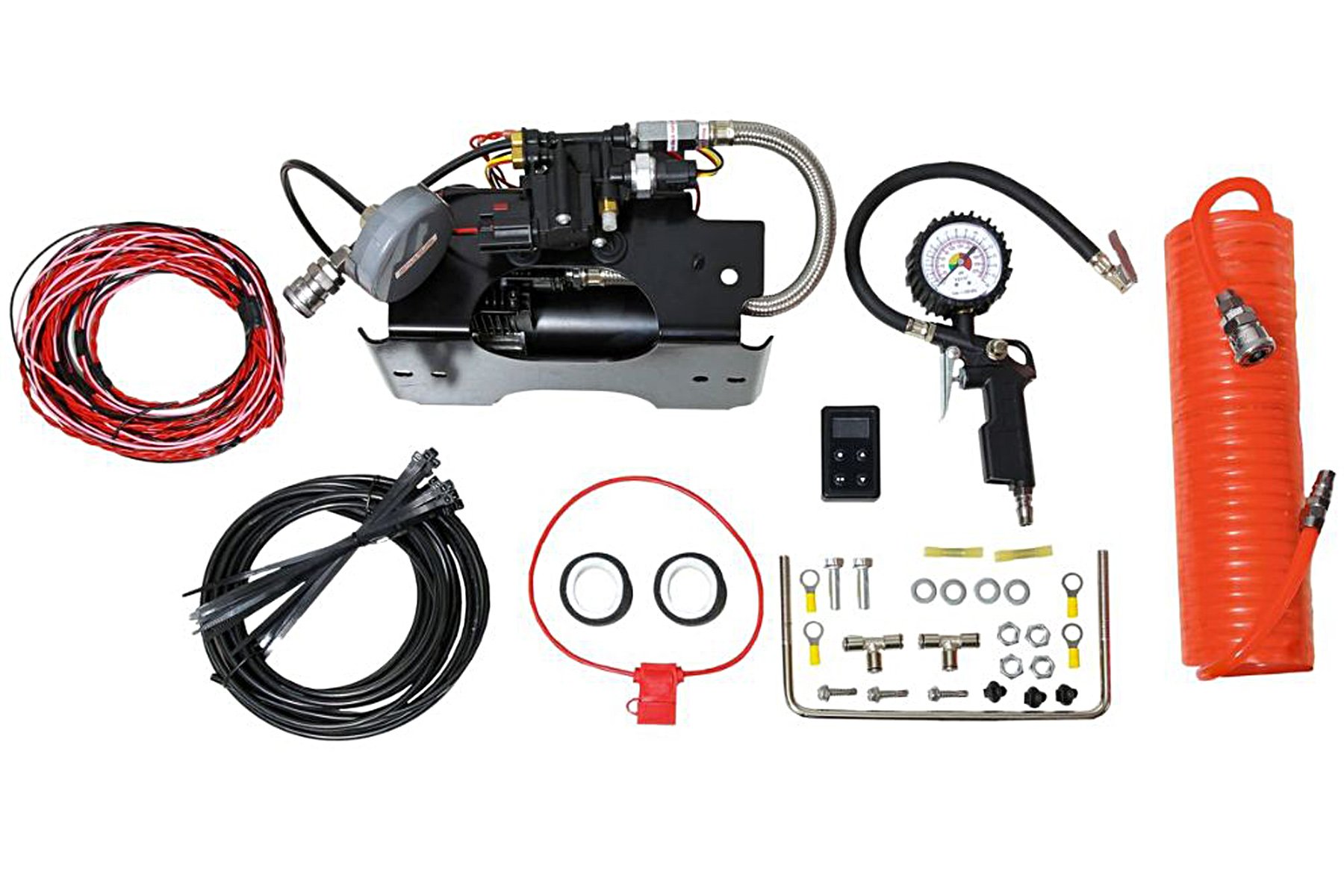When you need to have big, burly power to get a job done, there is hardly a substitute worthy of standing in for a diesel truck. Diesel pickups have exploded in popularity over the past thirty years here in the states, and have rolled off of assembly lines in the millions from each of the Big Three. Every day, people are coming over to the diesel side. And for fans of Mopar, it all started with the first-gen Ram.
Somewhere out there, there is a young guy or gal who has heard a lot about diesel trucks, or has diesel-enthusiast relations that have slowly exposed these youngsters to the culture and lifestyle. Whether for work, play, or both, these prospective converts are slowly beginning to see the light, but still need an idea of the who, what, where, when, why, and how of particular makes and models.
We wanted to help out these folks and heck, maybe give the rest of you diesel diehards a better idea of the heritage and innovation involved in these titanic, technologically inclined trucks. Without further ado, let’s kick things off by looking at the truck that revolutionized what it meant to drive a diesel: the first-gen Ram Cummins.
The 1989-1993 Dodge 5.9L Diesel trucks played a significant role in the history of diesel trucks and had a tremendous impact on the Dodge truck lineup. These trucks were part of the first-generation Dodge AD platform, which was originally introduced in 1972 and remained in use until 1993. Dodge made a notable decision in 1989 by offering a 5.9L Inline six-cylinder turbodiesel engine in their 3/4 and 1-ton pickups. This engine, known as the ‘6BT’, revolutionized OEM diesel performance in the truck industry. It brought about a new standard in diesel power, performance, and efficiency.
The 5.9L diesel engine quickly gained popularity as an alternative to the V8 gas engines previously offered by Dodge. One of its main advantages was the significantly higher torque it provided at low engine speeds. In fact, the diesel engine offered nearly double the torque, providing impressive towing capability and overall drivability. What set the 5.9L diesel engine apart was the inclusion of advanced features, which were groundbreaking for a diesel pickup truck at that time. It was equipped with a turbocharger, helping to deliver increased power and efficiency by compressing the incoming air into the engine. Additionally, the engine featured direct fuel injection, which further enhanced its performance and fuel economy. With these innovative features and improved technology, the 5.9L diesel engine became a game-changer in the truck industry. It offered a combination of power, torque, and efficiency that made it a highly sought-after option for truck buyers.
The introduction of the 5.9L diesel engine in the 1989-1993 Dodge trucks not only boosted the performance capabilities of these vehicles but also revitalized the Dodge truck lineup as a whole. Its impact was significant, setting new standards for diesel truck performance and solidifying Dodge’s reputation in the truck market.
The Dawn Of Turbodiesel For The Common Man
For much of the 1980s, Chrysler had a fairly conventional notion when it came to trucks: they’re not for looks, they’re not for winning awards, and they’re not for anything other than pure utilitarian usage. That mindset, combined with flagging sales, made things look grim for Mopar truck development; it was rumored that the executives of Chrysler were looking to abandon truck production completely, and focus exclusively on cars and vans.
The Cummins 6BT that was placed into the first-gen Ram.
Nonetheless, there was still an interest in diesel, although it was not on the radar for Mopars up until the middle of the decade. This was years after GM had debuted its LF9 in 1978 and Ford had partnered with International Harvester for the IDI in 1983, both of which were naturally aspirated.
Perhaps it was for the best that Chrysler held off for as long as it did, for it set in motion the greatest revolution in trucks since their inception. The partnership with Cummins landing in the first-gen Ram brought about a resurgence in brand recognition and enthusiasm for both companies, not to mention revenue.
Once joined, Cummins selected its 6BT (now known colloquially as the “12-valve”) as the one to power Dodge Ram trucks. It was a relatively new unit, having been released in late 1984 for purpose-built vehicles like cranes, tractors, and more. The inline motor had six cylinders with two valves per cylinder, and Allpar.com tells us that it had a 4.02-inch bore and 4.72-inch stroke, 17:1 compression ratio, and was composed of an iron block, steel crankshaft, forged connecting rods, and an aluminum intake manifold, in total weighing 1,100 pounds dry. The big advents to come from this motor were the turbocharger and direct injection.
Up to that point, turbos had never been considered by manufacturers for use in daily driving applications; only 18-wheelers knew the power and torque that could be generated from these forced induction units. The positive attributes of the Cummins B Series could not be overstated, as they ran cooler, required fewer parts, and easily surpassed the competition – GM’s LF9 made 246 lb-ft, Ford’s IDI made 345 lb-ft, but the 6BT made 400 lb-ft of torque.
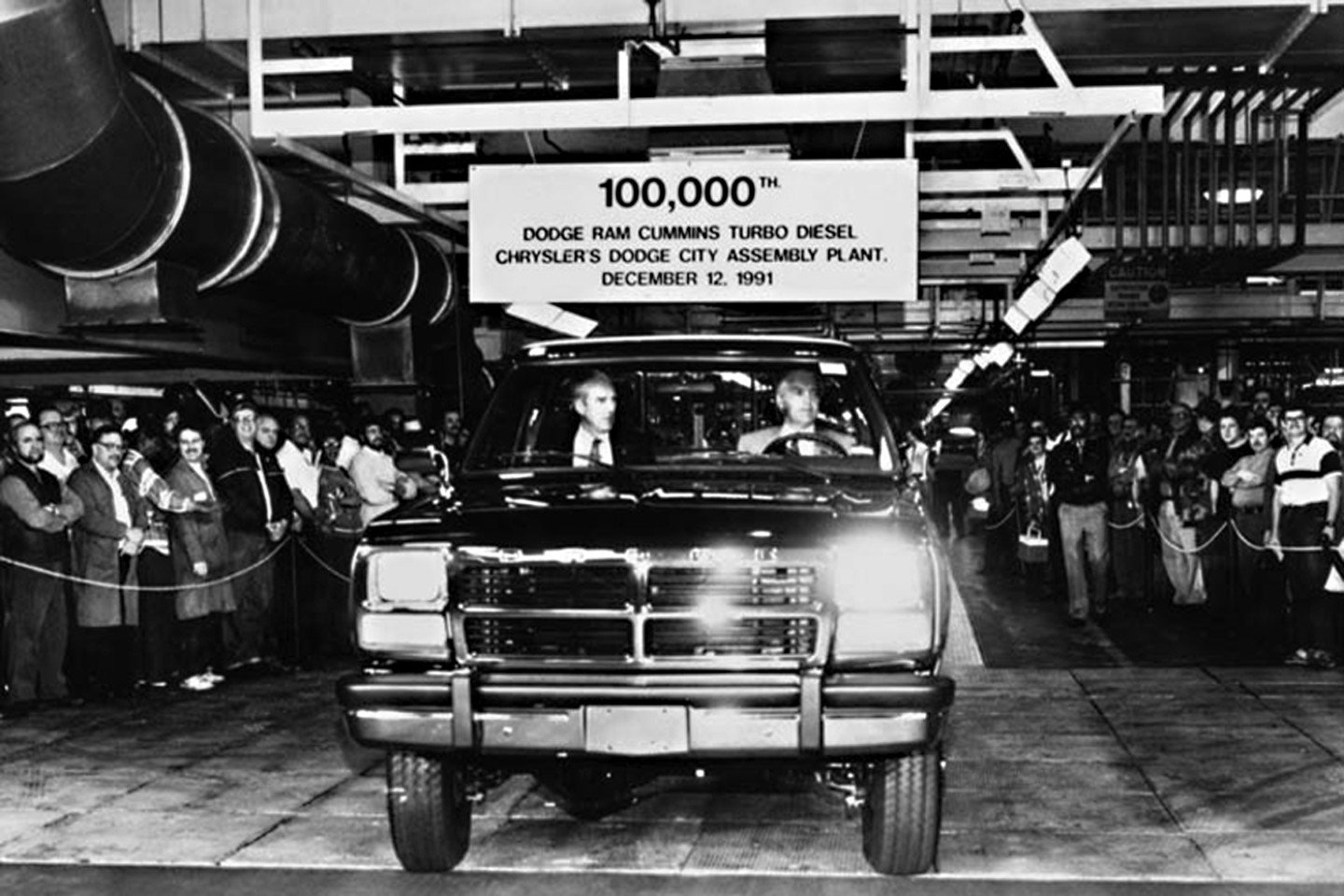
The 100,000th Dodge Ram Cummins rolling off of the line with Cummins President James Henderson (left) and Chrysler President Bob Lutz (right) inside.
Quick Look
The new Cummins-powered first-gen Ram came out in 1989, right at the same time that Chrysler was already in motion designing the following generation’s aesthetics. Consequently, the first-generation trucks were produced from that year up until 1993. Total production was between 100-200,000 units during those five years. It was built off of the existing D-Series that came about in 1981.
These days, fixing up one of these trucks is an investment that we think makes sense. For some, the looks and style of the first-gen Ram are classic “truck” – squared-off edges on the body, straight, hard lines, and meager interior options. Let’s face it, though, you’re going to buy one of these pickups because of the freedom and grunt that comes from that mighty motor, and we can’t fault you for that. Nevertheless, let’s explore some of the highlighted things to look for when considering a purchase.
Early trucks were only available in a standard cab with a long bed. Later versions included options for club (pictured above) or standard cab, both with a long bed.
You knew this was coming, but yes, rust is the first thing you should look for when considering a first-gen. You should search in all the usual places – under the carpet, along the aprons, around the lamp openings, across the firewall, and in the bed. Special areas of the truck would be the passenger side, above the windshield, the cab mounts, the frame behind the fuel tank, spring perches, and so on.
Issues And Pitfalls Of The First-Gen Ram
The National Auto Auction Association (NAAA) has some rules of thumb regarding rust, which are that any hole measuring a dime or larger must be disclosed, and any thickness of metal with more than 25 percent showing corrosion fails inspection. We think the first rule can be a little flexible, as we all know someone who knows how to handle a welder; the second rule, however, is non-negotiable in our eyes.
Rust is a killer, and it’s all the more deadly to aging trucks like the first-gen Cummins. You don’t have a choice in it happening, but you can make sure that it hasn’t eaten up too much of the vehicle before purchasing it.
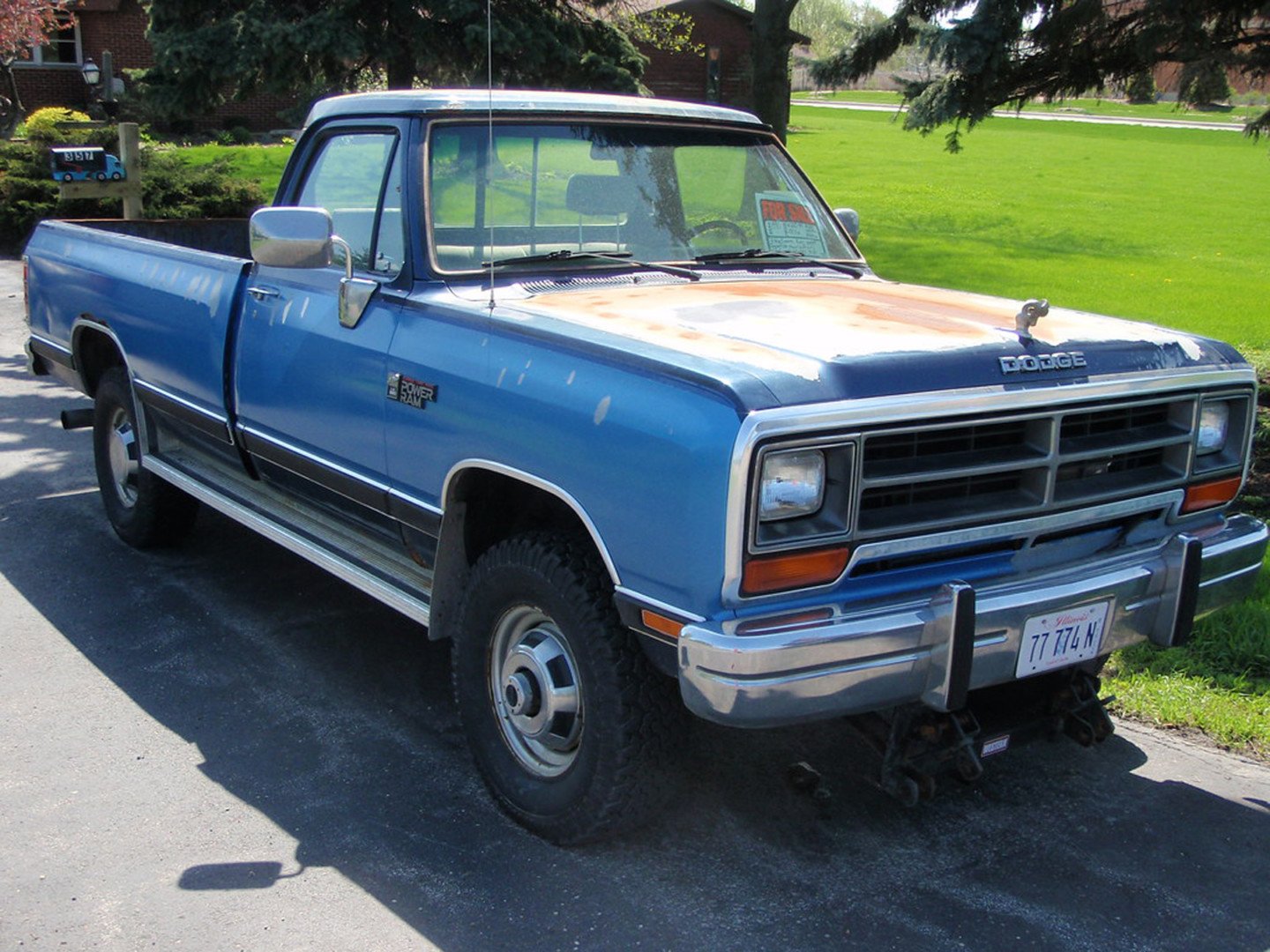
Age catches up with all of us, and with these first-gens pushing 30, there are a few things to look out for.
Transmissions found in the first-gen Ram were either the standard Getrag 360 five-speed manual or the Chrysler-made Torqueflite A727 three-speed automatic. The consensus seems to be that the automatic is an inferior choice to the manual. This is because it did not have an overdrive gear. Your first purchases for an automatic gearbox should be a fluid and filter change, and then a new torque converter and flexplate to bring new life; for a manual, check for clutch slippage and order an aftermarket clutch if you find it lacking.
We sought advice from a first-gen owner and found Wayne Jones through social media. His 1991 Dodge Ram had been through a lot to come out the other side looking pretty and performing well, so he had gained some valuable experience in portions of the truck to watch out for, especially where it concerned the transmission.
“Converters in the automatic first-gen Ram trucks were loose by design to make the drivetrain last longer,” he said. “Rearend axles were Dana 70s and in 4x4s, the fronts were Dana 60s. A Torqueflite A727 truck would have 3.07 gear ratios in the axles, and these are different from other Dana 60s and 70s because they will not accept normal Dana 60 or Dana 70 gearsets. The 3.07:1 gearsets are discontinued, so I’ve heard.”
“The manual Getrag 360’s oil should be overfilled by a quart,” Jones said. This is because the upper bearings suffer starvation issues. If you plan on doing some highway driving for lengthy periods, the A518 automatic is the better option as opposed to the 727, since it has an overdrive gear and will be a little more fuel-efficient.
First-Gen Ram Highlights And Upgrades
Not every first-gen Ram out there is going to be in working condition, and that goes especially if found on Craigslist or Marketplace. Given the relative age of these trucks, you’re more likely to find a lot of “mechanic specials” (i.e. non-working) lying around with eye-catching prices that wind up not being worth the trouble.
Provided everything is in good working order, then one item you’ll want to check out is the fuel pump. For all five years of production, the first-gen Ram used Bosch VE rotary injection pumps. These pumps have some hidden potential and can support larger fuel injectors, but they top out at around 500 horsepower. The popular thing to do is go for a Bosch P7100 fuel pump from the following 1994-98 generation.
You're going to run across many engine bays in varying conditions. Whether dirty or pristine, make sure to look at lines, cables, and wiring as closely as possible.
Another engine-related item is the intercooler, which didn’t show up in these pickups until the middle of 1991. Intercoolers are obviously good to have on a forced induction engine since operating temperatures are higher and everything needs to be better cared for. It’s a lot better for towing, too.
Depending on your budget, you can get some life out of your truck without breaking the bank. Popular modifications include turning the fuel screw up to its limit, which will result in some free horsepower (between 50 to 70), a cold air intake kit, bigger fuel injectors, and increasing the exhaust pipe size after the downpipe. More costly upgrades involve jumping up to a larger Holset or BorgWarner turbocharger, a new torque converter/clutch, a beefier fuel pump, and head studs if you decide to go with nitrous oxide or water-meth injection.
The Years In Review
At its core, the 1989-93 first-gen Ram with the 5.9-liter Cummins has a lot to offer. For classic looks, the square-body style is unbeatable and can look like a real blast from the past when properly repainted and buffed out. Supporting the aesthetics is one of the strongest drivetrains ever devised, and it will become a project unto itself if you let it happen.
We don’t think you can go wrong with a first-gen Ram if you find the right one. The 1991.5 to 1993 are the ideal model years since these come with the stock intercooler and overdrive. Just whatever you do, don’t jump headlong into a truck that seems alright if it meets half of the criteria.
Rust is not the only enemy of these aging pickups. Wiring and electrical, poorly kept engines, and other factors can be a headache if they’re not treated in time. Do your due diligence when looking and you’ll be set for life.


